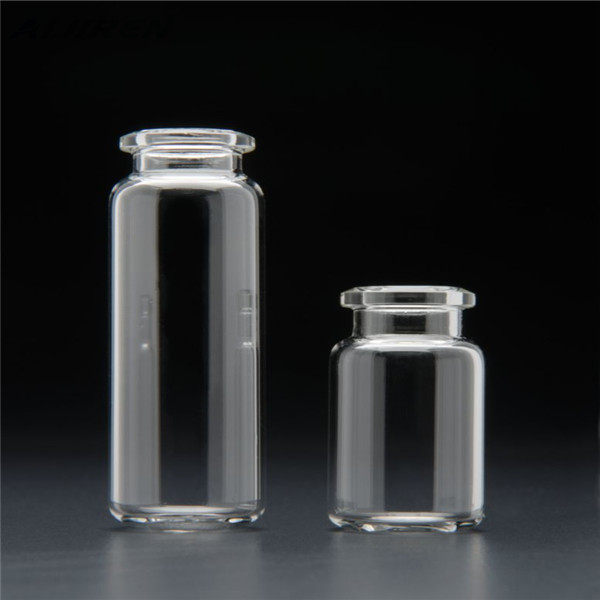

网页A syringe filter is a small, cylindrical filter that is inserted into the barrel of a syringe to remove particulate matter from a liquid sample. The most common syringe filters are made of nylon or polypropylene and have a pore size of 0.2 micrometers. The diameter of a syringe filter is typically about 1/4 inch (6 mm).

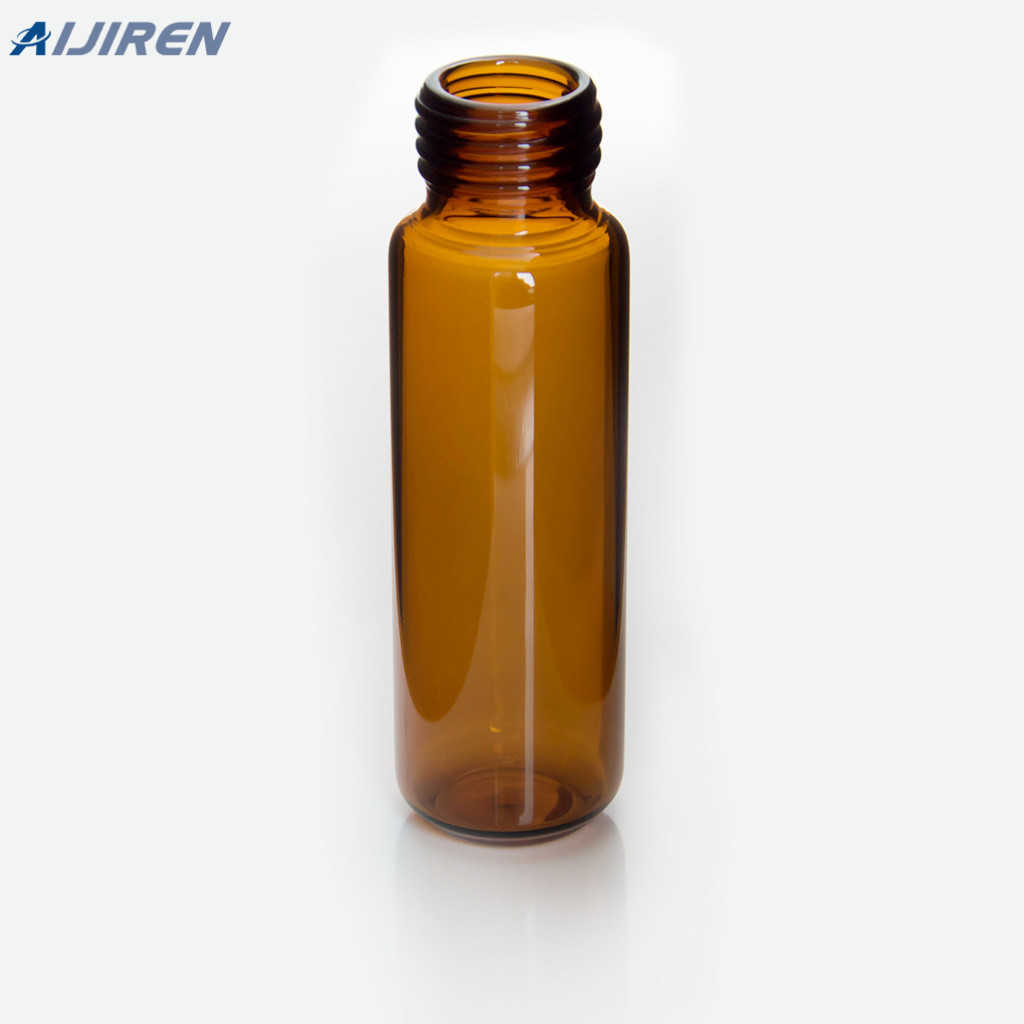
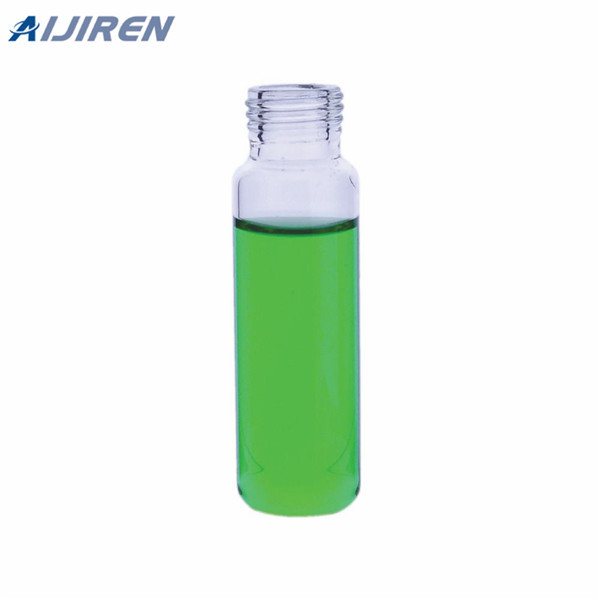
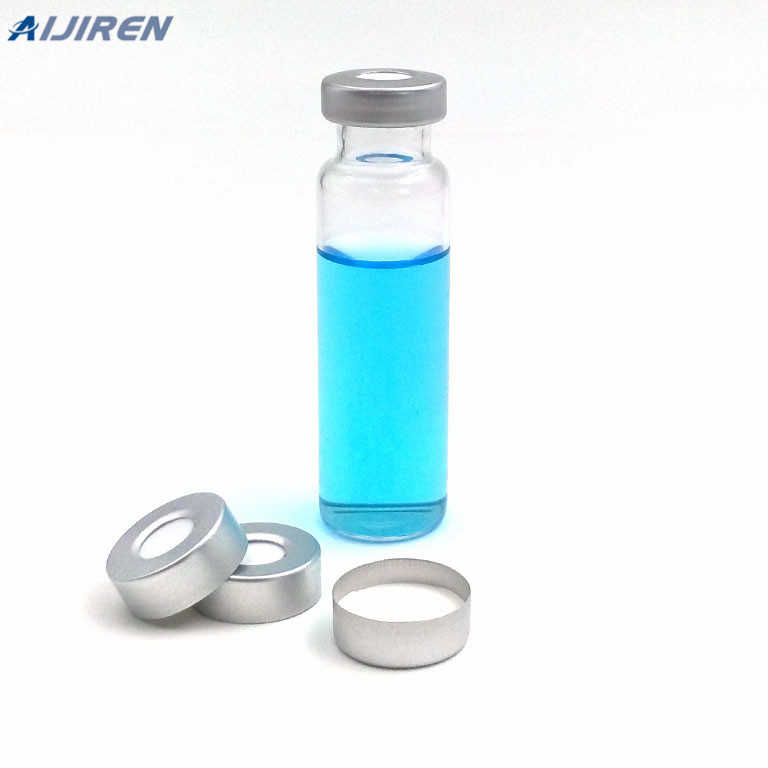
网页2003/06/06 · Bacillus subtilis, Staphylococcus aureus, Klebsiella pneumoniae, and Escherichia coli passed through a 0.45- micro m pore size filter within 48-96 h. Pseudomonas a Pseudomonas a Bacteria growing on MF-Millipore filters (thickness, 150 micro m) passed through the underlying membrane by their infiltration activity.

网页Pricing. HAWP04700. MF-Millipore ® Membrane Filter, 0.45 µm pore size, 47 mm diameter, mixed cellulose esters (MCE) membrane, hydrophilic, white, 100 discs. 0.45 μm pore size. 79 % porosity. Expand. HVLP04700. Durapore ® Membrane Filter, 0.45 µm, 0.45 µm pore size, hydrophilic PVDF, 47 mm membrane. 0.45 μm pore size.


网页Summary Membrane filters with a 0.45 µm pore size have long been recognized as the standard for growth of microorganisms. However, there is little published literature comparing the effects of different pore sizes on colony size and
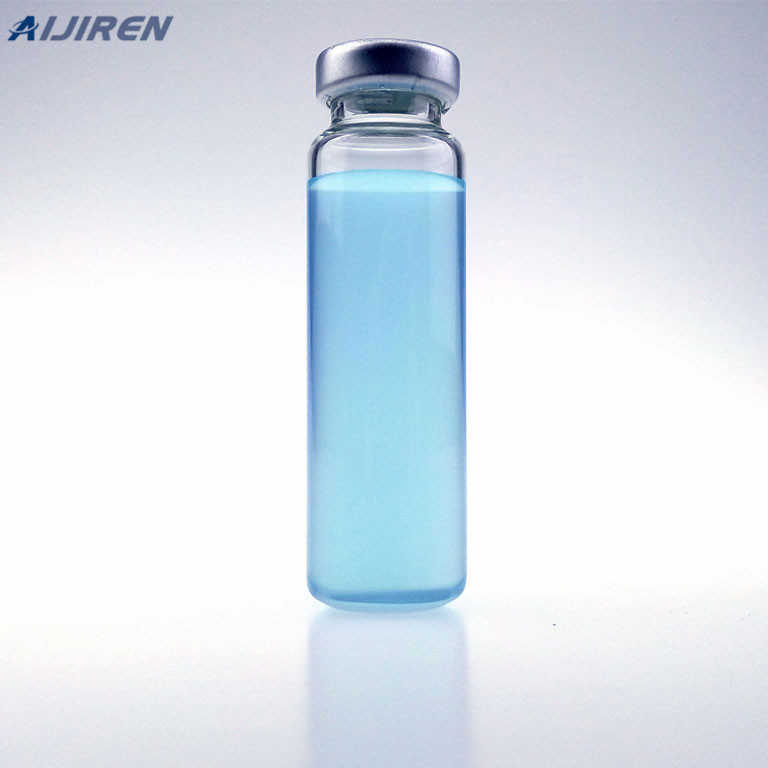

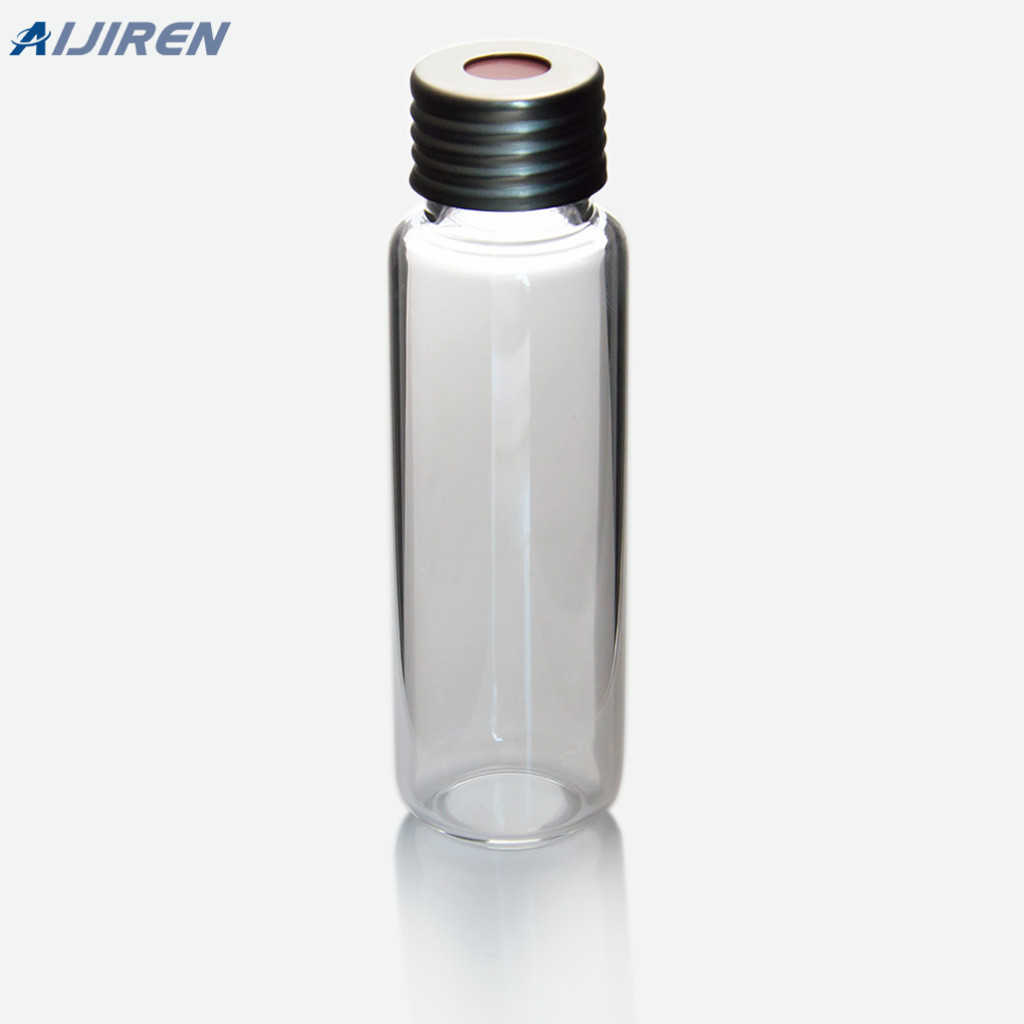
网页2. Decide an appropriate pore size. The pore size of a filter, stated in microns (aka micrometers or µm), is determined by the diameter of particles retained by the filter or by a bubble point test. • Nominal ratings are the pore size at which a particle of defined size will be retained with an efficiency below 100% (typically 90-98%)
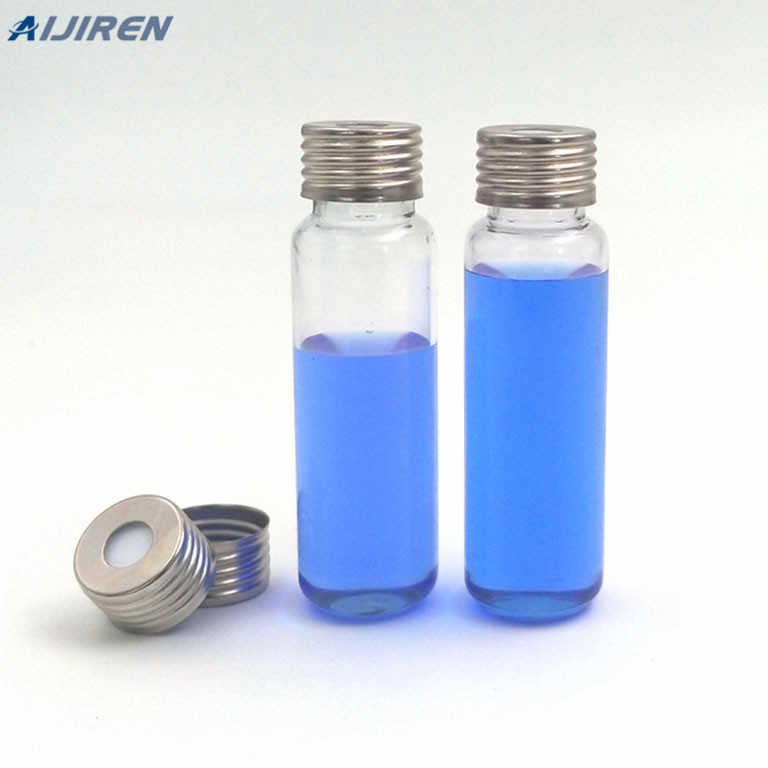
网页Filter Selection and Sizing Methods. • Select the filter material that is chemically compatible with the fluid to be filtered and that best fits your application. • Determine if you need a single-stage or multistage filtration train. For multi-stage filter systems, select the final filter first. Mulitstage filtration is necessary with
